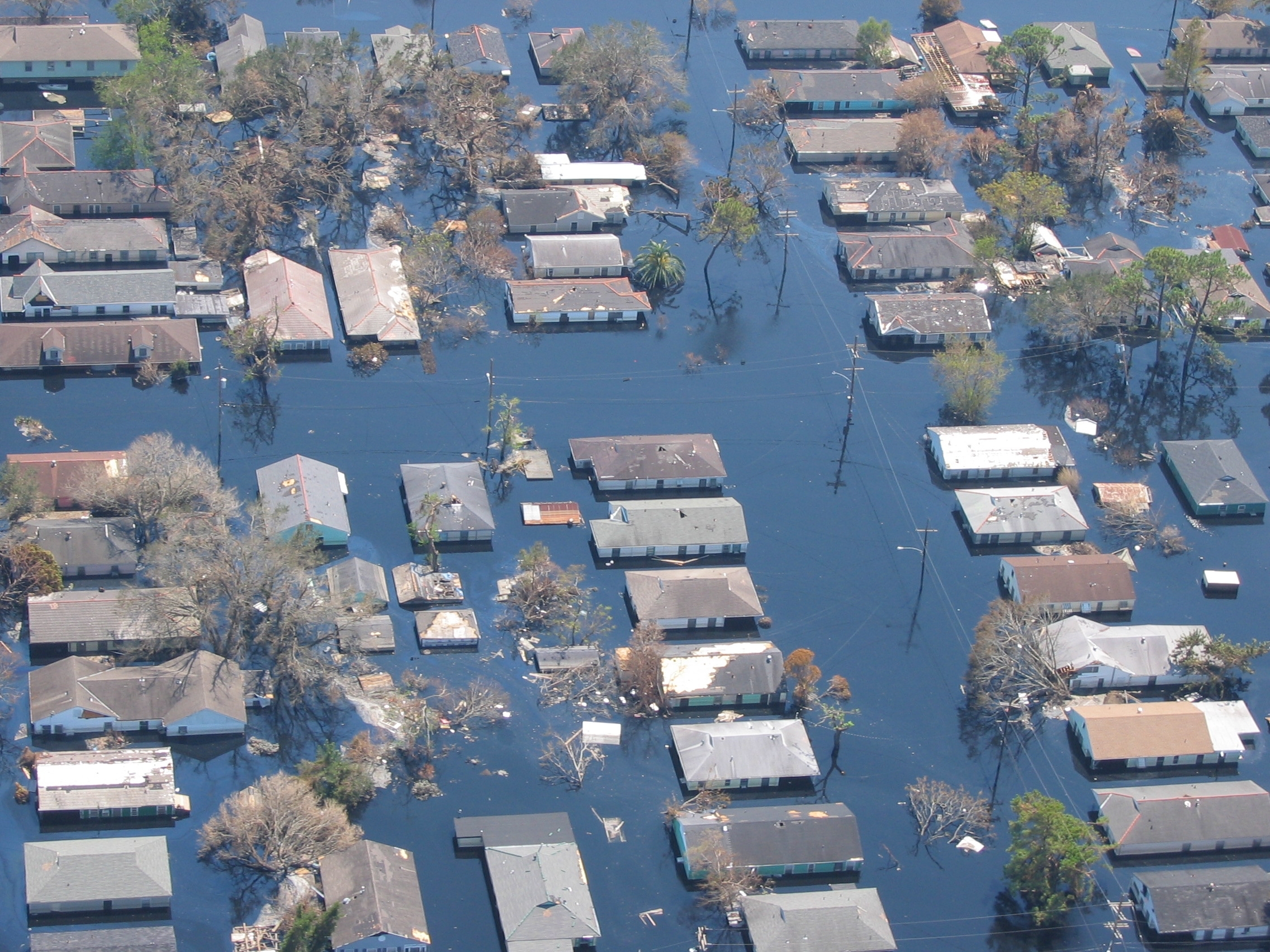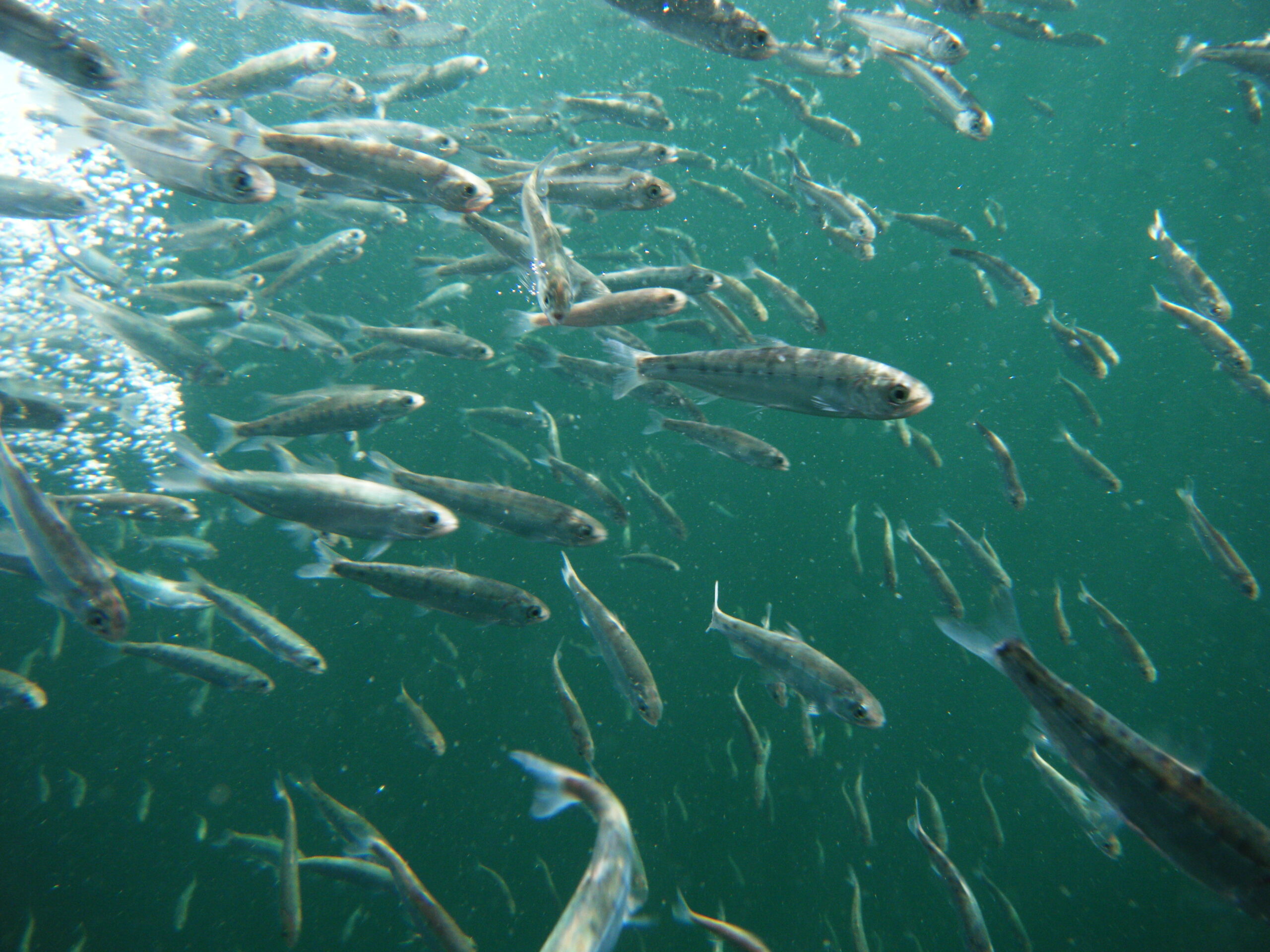
Celebrating 7 years of The Narwhal — and gearing up for the next 7
Between a fresh take on engagement and our new life on video, our team is...
Humans have a deep and complex relationship with the sea. It provides food and essential nutrients, medicine and renewable energy. People swim, surf and scuba dive in this “blue gym.” It’s even an important part of therapeutic recreation, like surf therapy for war veterans and children with autism.
Economies are also bound to the ocean. Fishing, tourism, marine transportation and shipping bring jobs, income and food security, while serving culture and other social determinants of health.
From our ancestors to our children, diverse human cultures, livelihoods and ways of life flow to, and from, the sea. But rising greenhouse gas emissions are changing the ocean and putting our health at risk.
Ocean waters are now warmer, more acidic and hold less oxygen. Ocean ecosystems, already stressed from overfishing and pollution, face escalating risks of further degradation. With melting sea ice, rising sea levels and growing extreme weather events, human health and well-being now face many threats, most aimed at coastal populations.
Marked by their swift and destructive power, natural disasters are becoming more extreme and more frequent with climate change.
For example, tropical cyclones (like hurricanes and typhoons), which have killed about 1.33 million people since the beginning of the 20th century, are getting more intense with warming ocean waters. The number of Category 4 and 5 hurricanes has increased 25 to 30 per cent for each degree Celsius of human-induced global warming since the mid 1970s.
Storm surges, flooding and physical trauma cause most fatalities and injuries. But in the wake of disaster, environmental and social conditions also threaten public health.

Stagnant water and damaged wastewater systems can expose people to toxins, bacteria and viruses. Interruptions to health care and negative impacts on housing, employment and other social determinants of health subject people to distressing conditions (such as crowded shelters and diplacement) beyond the trauma of the event.
This can worsen a broad spectrum of public health issues — from infectious diseases (like cholera, leptospirosis and diarrheal diseases) to non-communicable diseases (such as cardiovascular and respiratory conditions) to adverse mental health.
An increase in hospitalizations has been documented among disaster-affected populations weeks, months and years later.
A well-studied example is Hurricane Katrina, which caused over 1,800 deaths in August 2005 from drowning, injury and physical trauma, but also led to an abrupt increase in heart conditions and serious mental illness. A decade later, persistent mental and cardiovascular health issues are among the reminders of the storm.
With the rise of global sea level, coastal flooding is becoming more common and severe. Another 250,000 square kilometres of coastal land is projected to flood by the end of the century, exposing tens of millions more people to risks.
Advancing ocean waters, erosion and thawing permafrost can make some coastal settlements hard or impossible to live in. The Yup’ik village of Newtok (Niugtaq), for example, began the first phase of a planned relocation in 2019, after coastal storms and thawing permafrost began destroying the village.
While the newly relocated residents have reported feeling healthier, even proactive responses can lead to new risks to health and well-being. Relocations can lead to distress and trauma when residents have a strong attachment to a place.
The health dimensions of climate-related migrations, especially among those who stay or are left behind, have not received enough attention in research and policy.
Over the past 40 years, Arctic sea ice has become smaller and thinner. Its overall extent has declined about 13 per cent per decade, and its thickness has decreased by at least 1.75 meters.
Sea ice is a defining feature of life in the Arctic. It provides a platform for travel and harvesting activities, and shapes ecological processes that are at the foundation of local cultures, economies, knowledge and food systems.
The sea ice decline makes navigation more dangerous and less predictable. It can change the timing and location of harvests, increase harvesting costs and reduce how much is harvested.
This can lead to less food and money, more anxiety about food access and greater reliance on less healthy imported foods, negatively affecting food security and mental health.
Seafood is a key source of protein and essential nutrients, especially where they’re in short supply from other locally accessible foods.
But climate change is already driving species towards the North and South Poles.. This may lead to serious declines in seafood catches by 2050 and negatively affect millions globally, with the most severe impacts in developing countries and among coastal Indigenous Peoples.
Projected declines of salmon and herring catches in British Columbia, for instance, may lead to inadequate intakes of several vitamins, minerals and fatty acids for coastal First Nations. When diets shift to processed foods, high in calories and sodium, the risk of developing Type 2 diabetes and cardiovascular disease increase.

The ocean is polluted with mercury, industrial chemicals, pharmaceuticals, microplastics — and more. It also harbours many naturally occurring micro-organisms, like flesh-eating bacteria and cholera, and toxins.
These can become dangerous to human health when ocean chemistry and temperature, and other marine ecosystem dynamics, are altered, which can lead to shellfish poisoning, mercury exposure and poisoning and other illnesses.
Climate change will alter the distribution and severity of pollutants. For example, infections from some strains of vibrio bacteria may become more frequent and widespread with warming waters. Even rising methylmercury concentrations in tuna have been linked to increasing sea water temperature.
Despite the many connections between ocean health and human health, global ocean governance has rarely considered the latter. Policies like the U.S. Oceans and Human Health Act, and related research and training centres, can bolster the collaboration and co-ordination needed across diverse agencies, sectors and disciplines to support healthy oceans and people.
This interdisciplinary infrastructure and capacity is needed to develop the information (like early warning systems), policies, plans and management systems to mitigate and respond to emerging public health threats from the ocean. We must broaden the framing of ocean change from an “environmental issue” to one that includes human health and social equity.
As the world turns to the ocean for “blue economies,” “blue spaces,” “blue health care” and “blue prescriptions,” it’s important to remember the ocean as a site of historic and enduring oppression, exclusion, racism and other violations of human rights.
Get the inside scoop on The Narwhal’s environment and climate reporting by signing up for our free newsletter. On a warm September evening nearly 15...
Continue reading
Between a fresh take on engagement and our new life on video, our team is...

The public has a few days left to comment on Doug Ford’s omnibus development bill....

115 billion litres, 70 years to fix, $5.5 billion in lawsuits
